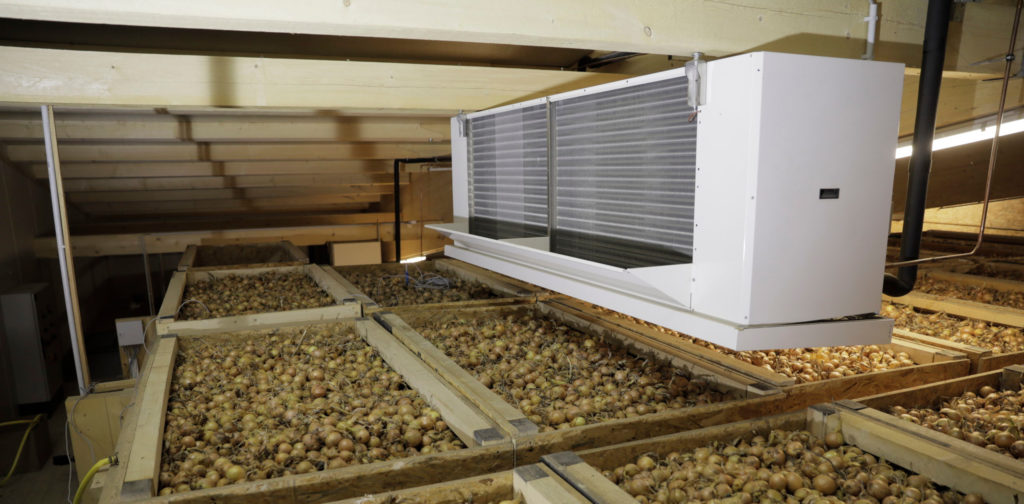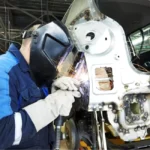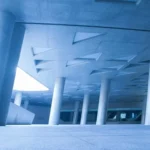Kondenstrocknung, also known as condensation drying, is a groundbreaking technology that has revolutionized drying processes across various industries. This technique provides efficient moisture removal and reduces energy usage and energy consumption, making it a popular option for a variety of applications.
How Does Kondenstrocknung Work?
Kondenstrocknung works according to the concept of condensation. The moist air is cooled to the point that the water vapor condenses in liquid forms. The condensed water is removed and filtered, leaving dry air. The process involves a variety of elements, such as heat exchangers, refrigeration units and condensate drainage systems.
Advantages of Kondenstrocknung
One of the significant benefits that comes with Kondenstrocknung is its efficiency in energy use. By recycling heat and using sophisticated methods of refrigeration, this technique dramatically reduces energy usage when compared to conventional drying techniques. Furthermore, Kondenstrocknung helps minimize environmental impacts by cutting greenhouse gas emissions as well as water consumption.
Applications of Kondenstrocknung
Kondenstrocknung has a wide range of applications across different industries, such as pharmaceuticals, food processing textiles, agriculture, and food processing. In the industrial field it is used to dry chemicals, plastics and other products that are manufactured. In commercial and residential environments, Kondenstrocknung is commonly used to dry laundry while maintaining the proper humidity levels inside. Additionally, it plays a vital role in the preservation of agricultural products, such as seeds and grains.
Choosing the Right Kondenstrocknung System
When deciding on a Kondenstrocknung unit There are several aspects to be taken into consideration, such as the capacity requirement and energy efficiency ratings and maintenance requirements. There are various kinds of systems to choose from with a range of sizes, from compact units appropriate for use in homes to industrial dryers with large scales. Regular maintenance is crucial to ensure the durability and effectiveness of Kondenstrocknung systems.
Common Misconceptions regarding Kondenstrocknung
Despite the numerous advantages, Kondenstrocknung needs to be understood. Many misconceptions surround efficiency, energy consumption as well as the environmental impact. But, thanks to advances in technology and better design of systems, many of these beliefs need to be validated.
Case Studies
Numerous case studies illustrate the efficacy of Kondenstrocknung in a variety of applications. From reducing drying time in industrial processes to enhancing quality of the food product Real-world examples illustrate the benefits of this revolutionary drying technique.
Future Trends in Kondenstrocknung
Prospects for Kondenstrocknung are bright, thanks to continuous research and development efforts aimed at increasing effectiveness and expanding its application. New developments like advanced control systems, as well as the incorporation of energy from renewable sources and improved drying methods, are anticipated to drive expansion in the industry further.
Challenges and Limitations
While Kondenstrocknung provides many benefits but it also has its issues and limitations. This includes initial costs for investment, maintenance requirements, as well as the inability to dry specific materials definitely. The solution to these problems through continual advancement and research is crucial for the widespread adoption of Kondenstrocknung technology.
Environmental Impact
Concerning environmental impacts, Kondenstrocknung stands out as a sustainable drying option. In comparison to traditional methods like dry air heating, Kondenstrocknung consumes less energy and emits less carbon dioxide which reduces carbon footprints and pollution to the environment.
Cost-Benefit Analysis
A thorough cost-benefit analysis shows that Kondenstrocknung has significant advantages for economics over conventional drying techniques. Although the initial cost may be more significant however, the benefits in energy expenses and the better product quality make up for the cost.
Regulatory Compliance
The need to warrant regulatory compliance is vital when it comes to implementing Kondenstrocknung systems particularly in industries that have strict safety and quality standards. Following industry rules and standards will ensure the security and reliability that come with Kondenstrocknung equipment.
Maintenance and Troubleshooting
A regular maintenance schedule is vital to maximizing the lifespan and performance of Kondenstrocknung systems. Regular cleaning, inspections and maintenance benefit reduce breakdowns and assure maximum performance. The most frequent issues to resolve are the malfunction of sensors, leaks in refrigerant and clogged condensate drains.
Conclusion
Kondenstrocknung represents a significant advance in drying technology that provides high-efficiency moisture removal and minor energy use. Its wide-ranging applications across a variety of industries demonstrate its versatility and utility as technology advances and is poised to become more critical in addressing the need for drying in our modern world.











